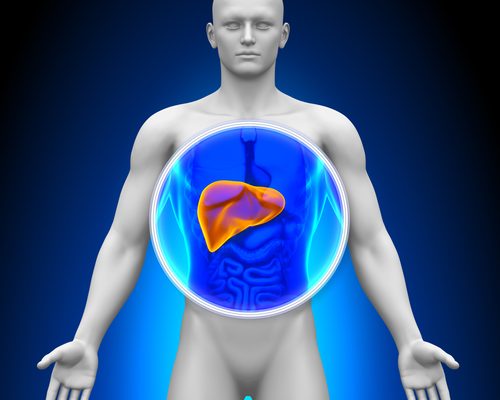
The liver is the largest internal organ and the largest gland within the human body. It is approximately the size of a football and serves as important metabolic functions. The liver produces proteins that are necessary for coagulation and blood clotting. The liver also converts nutrients or fats into substances the body can utilize. Additionally, it breaks down toxic substances into the matter that the body can efficiently release. Liver disease includes anything that damages or negatively impacts liver cells. Liver damage can range from minor to severe. Here are a few commonly occurring types of liver disease:
According to liverfoundation.org, “Alcoholic hepatitis is characterized by fat deposition in liver cells, inflammation and mild scarring of the liver. Symptoms may include loss of appetite, nausea, vomiting, abdominal pain, fever, and jaundice.” Fortunately, this condition can be reversed with the right lifestyle changes, including abstinence from alcohol.
Hepatitis is a disease involving inflammation of the liver. While there are five different types of Hepatitis, they all cause liver disease. Chronic hepatitis may lead to damage to the liver or Cirrhosis.
According to the World Health Organization (WHO), “The condition can be self-limiting or can progress to fibrosis (scarring), cirrhosis or liver cancer. In particular, types B and C lead to chronic disease in hundreds of millions of people and, together, are the most common cause of liver cirrhosis and cancer.” Thankfully, today we have a vaccine available for hepatitis A and B and new treatments available to successfully treat hepatitis C.
Cirrhosis is often times asymptomatic until it has progressed to a more severe level. According to WebMD, “Cirrhosis is a slowly progressing disease in which healthy liver tissue is replaced with scar tissue, eventually preventing the liver from functioning properly. The scar tissue also blocks the flow of blood through the liver and slows the processing of nutrients, hormones, drugs, and naturally produced toxins. It also slows the production of proteins and other substances made by the liver.”
Hemochromatosis is a disease where too much iron builds up inside the body. This inherited disorder affects predominantly Caucasians. According to the National Institute of Diabetes and Digestive and Kidney Diseases some of the side effects of Hemochromatosis include: joint pain, fatigue, unexplained weight loss, abnormal bronze or gray skin color and abdominal pain.
The cause of nonalcoholic fatty liver disease (sometimes referred to as NASH) is unknown, but doctors know it is often caused by obesity, high cholesterol, type 2 diabetes or certain medications. It affects people who do not drink or drink very little. When caught early, people who experience this disease may partially or fully recover.
If you are experiencing liver disease symptoms, talk to your doctor about liver disease. You may also consult with the doctor at OCRC if you meet our liver study criteria. If you’re interested in signing up for a clinical trial, please tell us a little bit more about yourself in the Contact section of our home page and we will respond to you to determine your eligibility.
